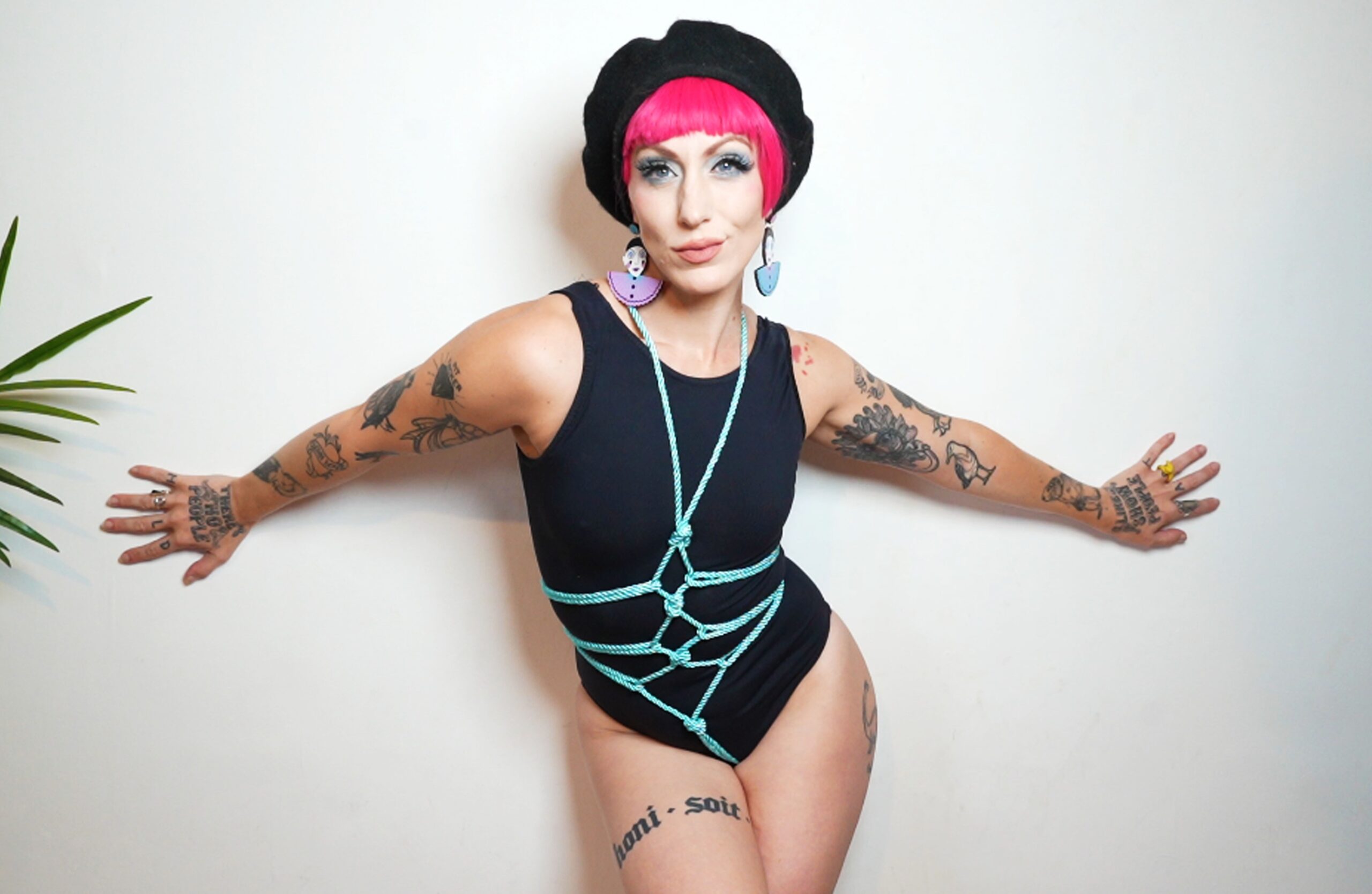Understanding the Stigma Surrounding Asexuality and Aromanticism

Asexuality and aromanticism, two identities often misunderstood and stigmatized within the LGBTQ+ community, warrant closer examination and education to break down the lingering misconceptions surrounding these concepts.
The Origins of Asexuality and Aromanticism
Asexuality and aromanticism are often misunderstood and stigmatized within modern society, largely due to their absence in mainstream cultural narratives. As a result, many people struggle to identify with these identities or feel forced into heteronormative relationships and social expectations. However, the origins of asexuality and aromanticism date back much further than contemporary societal pressures.
The Asexuality and Aromantic Communities
Asexuality and aromanticism, two often-misunderstood and stigmatized identities within the LGBTQ+ community, warrant attention and education to promote understanding and acceptance.
For individuals who identify as asexual (an individual who does not experience sexual attraction), or aromantic (an individual who does not experience romantic attraction), navigating societal expectations, relationships, and self-acceptance can be particularly challenging. The asexuality and aromantic communities have been historically marginalized, leading to misconceptions, stereotypes, and inadequate representation in popular culture.
Breaking down the stigma surrounding these identities requires acknowledging the diversity of human experiences, respecting individual choices, and creating inclusive environments for marginalized groups. By shedding light on the complexities and nuances of asexuality and aromanticism, it is possible to foster greater empathy, understanding, and acceptance, ultimately contributing to a more compassionate and equitable society.
Challenging Social Norms and Expectations
Asexuality and aromanticism, two identities that have long been shrouded in stigma and misconception, are finally starting to receive the recognition they deserve. For far too long, individuals who identify as asexual or aromantic have been marginalized and excluded from mainstream discussions around sex, relationships, and identity. As a result, these communities have had to navigate a complex web of expectations, assumptions, and stereotypes that can be damaging and alienating.

Promoting Education and Understanding
A significant barrier to achieving inclusivity and acceptance in society is the persistent stigma surrounding non-romantic orientations, particularly asexuality and aromanticism.

These identities often remain misunderstood or overlooked, leading to feelings of isolation and marginalization for individuals who identify as asexual (having little to no sexual attraction) or aromantic (not experiencing romantic attraction). As a result, education and understanding about these orientations are crucial in promoting empathy and compassion towards the asexual and aromantic communities.

By breaking down the stigma surrounding asexuality and aromanticism, we can work towards creating a more inclusive and accepting environment where individuals can thrive without fear of judgment or rejection.
Buy sex toy attachments at Peaches and Screams Find gifts for couples at Peaches and Screams Shop clitoral and pussy pumps for enhanced pleasure at Peaches and Screams Explore sex lubricants for smooth and sensual experiences at Peaches and Screams Shop Seven Creations toys for versatile and high-quality pleasure at Peaches and Screams Shop Adrien Lastic toys for sophisticated and innovative play at Peaches and Screams
K’s P Rules Cakes MS Style and Grace Yummalicious Food Couture Lust
- Vista Edge Vape Not Working? Here’s What You Need To Do - June 1, 2025
- Retinol Peel For Skin Correction In Kingston Upon Thames - June 1, 2025
- The Destructive Effects Of Breadcrumbing On Emotional Connection - June 1, 2025
